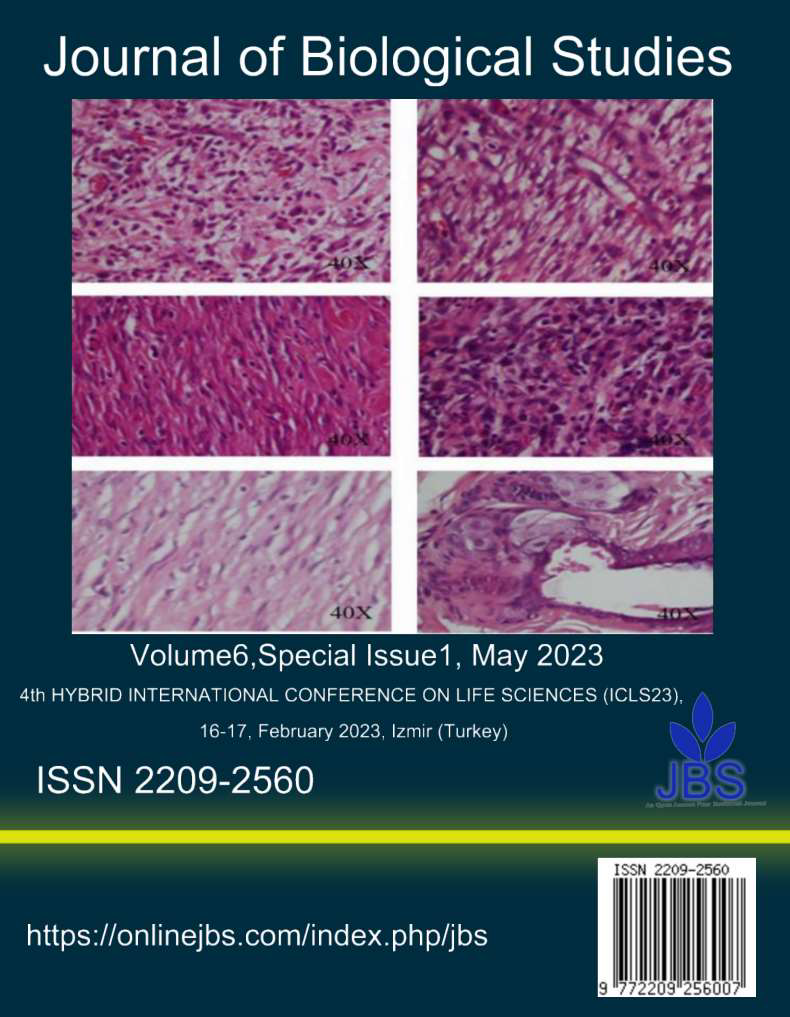Phytoplankton communities in Pinang River, Malaysia: Exploratory study in the profoundly polluted river
Main Article Content
Abstract
Phytoplankton is an important biotic component that interacts with other communities in an aquatic ecosystem. This study explored the zooplankton communities and their interactions among various water quality parameters that may affect their abundance and distribution in Pinang River. Pinang river is known to the locals as the dirtiest river in Penang due to its role in the assimilation of industrial, municipal wastewater and manure discharge. Phytoplankton and water samples were collected from three different sampling locations in the river. A total of 81 phytoplankton taxa belonging to seven phyla were identified. Bacillariophyta was the most dominant phylum of the total phytoplankton communities (43 taxa), followed by Chlorophyta (23 taxa), while Cyanophyta, Euglenophyta, and Chrysophyta were represented by 8, 3 and 2 taxa, respectively. The dominant species of Bacillariophyta were Nitzchia sp., Navicula sp. and Pinnularia sp. which were recorded as the highly abundant species found at all stations. Our results clearly showed that there was a strong, positive correlation between ammonium-nitrogen (NH4+-N) concentration and phytoplankton abundance (p < 0.01), indicating the importance of ammonia to phytoplankton growth.
Article Details

This work is licensed under a Creative Commons Attribution 4.0 International License.
